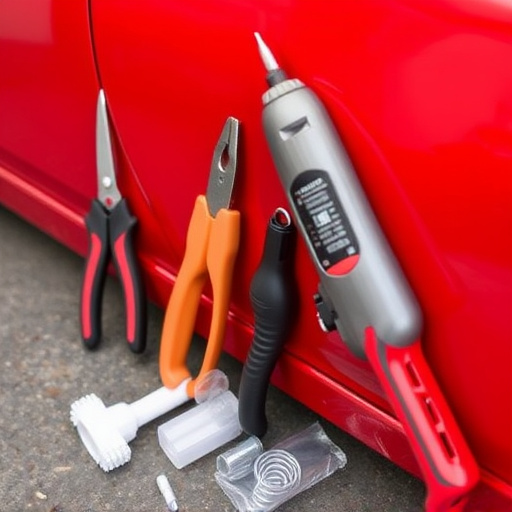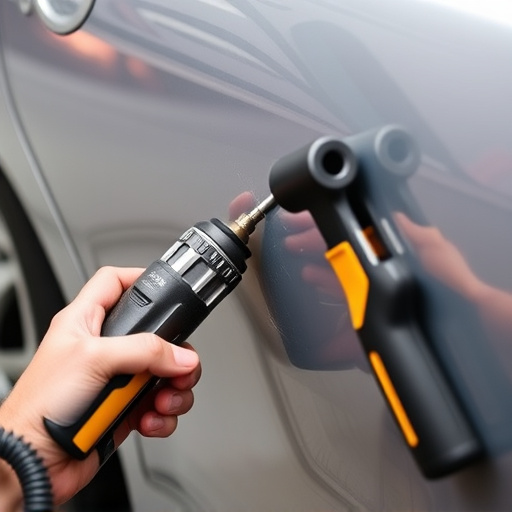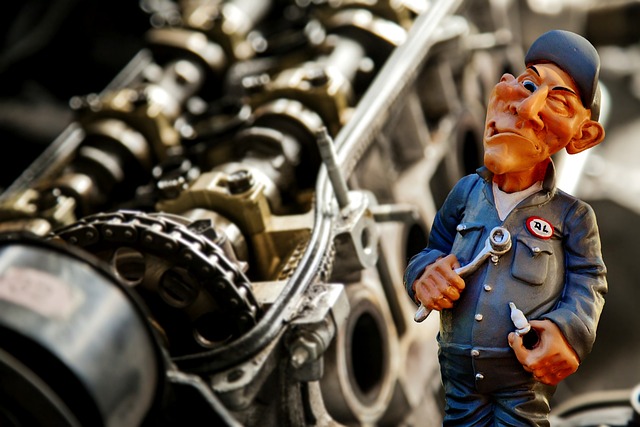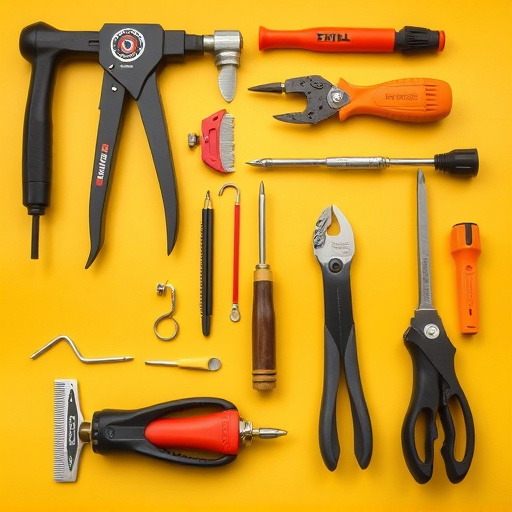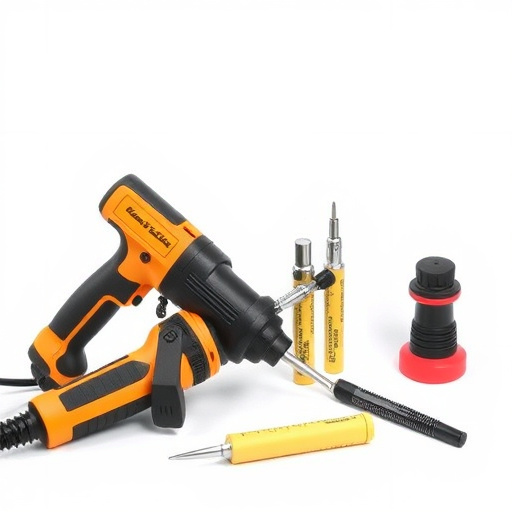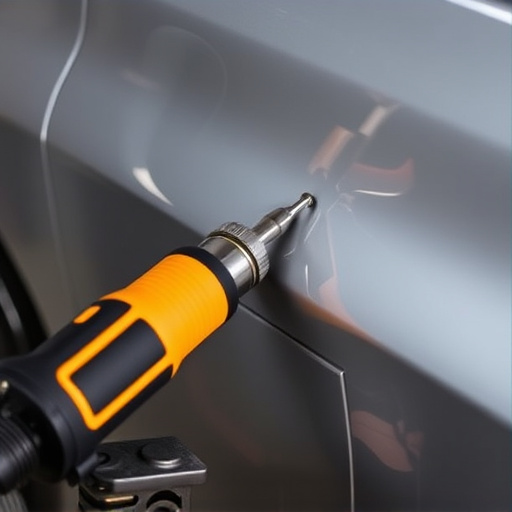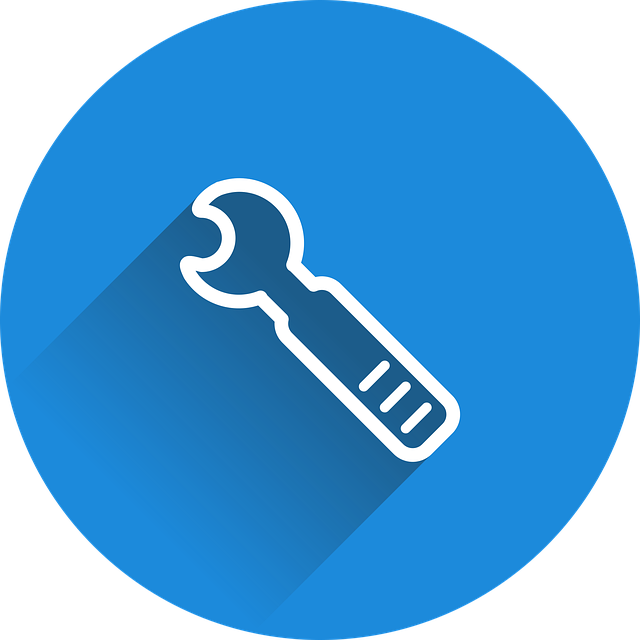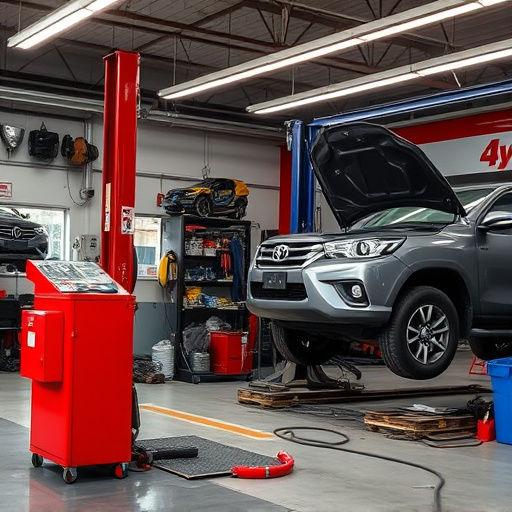Understanding and tracking the claim approval timeline is key for efficient vehicle damage repairs post-collision. Timelines vary based on repair complexity, part availability, and insurance company workload. Staying informed, proactive communication with insurers and mechanics, and utilizing real-time updates from reputable auto services streamline the process, ensuring quicker returns to the road.
Understanding the claim approval timeline is crucial for any policyholder looking to navigate the often complex process efficiently. This guide breaks down the key aspects of claim approval, including an in-depth look at factors that influence duration and strategies for effective tracking and communication during the review period. By mastering these insights, you can better manage expectations and ensure a smoother claims journey.
- Understanding the Claim Approval Process
- Factors Affecting Timeline Length
- Tracking and Communicating During Review
Understanding the Claim Approval Process
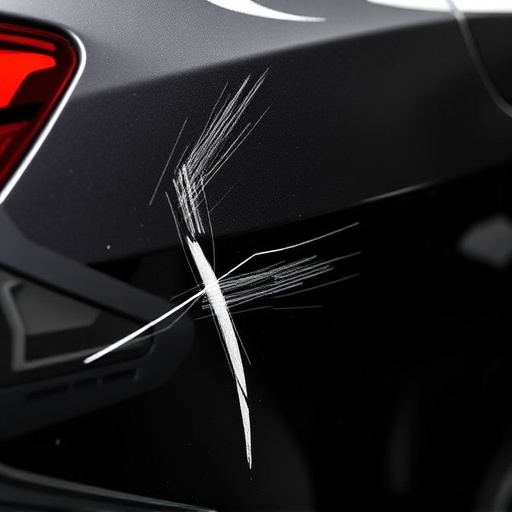
Understanding the Claim Approval Process is key to navigating the often complex journey of vehicle damage repairs, especially after a collision. The claim approval timeline can vary significantly depending on several factors, such as the extent of the damage, availability of parts, and the insurance company’s internal procedures.
When you file a claim for fender repair or any other collision repair services, your insurer will assess the situation, provide an estimate, and then approve or deny the claim. A swift approval means your vehicle can be promptly repaired, but delays in processing can extend the overall timeline. Being prepared with accurate information and documentation can expedite this process, ensuring you get back on the road faster after a vehicle collision repair.
Factors Affecting Timeline Length
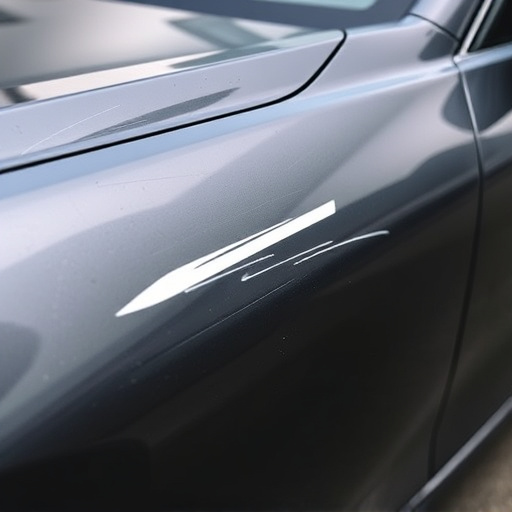
The length of a claim approval timeline can vary greatly depending on several factors. One significant factor is the complexity of the repair required for the vehicle, such as extensive automotive restoration or Mercedes Benz collision repair work. More intricate repairs naturally take longer to assess and approve due to the detailed evaluation needed.
Another critical aspect is the availability of parts. If specialized or unique parts are necessary for the vehicle bodywork repair, procurement can extend the timeline. Additionally, the insurance company’s workload and their current backlogs can impact processing times, as they must prioritize and allocate resources effectively across all claims.
Tracking and Communicating During Review
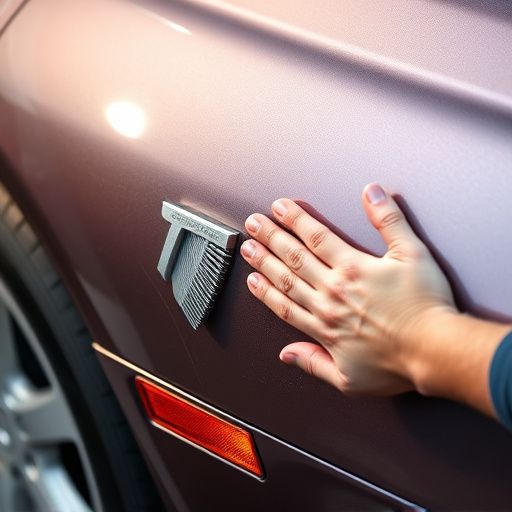
Staying informed is crucial during the claim approval timeline, especially when it comes to tracking and communicating with your insurance provider or auto shop. Many reputable car paint services and automotive repair centers offer real-time updates on the status of your vehicle’s repairs, including fender repair if needed. This transparency allows you to know exactly when to expect your vehicle back.
Effective communication is key. Keep open lines of dialogue with both your insurance company and the auto shop to address any concerns or changes in the claimed services, such as additional mechanical repairs discovered during the process. Being proactive ensures a smoother journey throughout the claim approval timeline.
Understanding the claim approval timeline is key to navigating the process smoothly. By recognizing factors that influence duration, such as claim complexity and documentation quality, you can better manage expectations. Regular communication throughout the review period fosters transparency and ensures any necessary adjustments are made promptly. Armed with this knowledge, you’re now equipped to track your claims efficiently and stay informed every step of the way.
